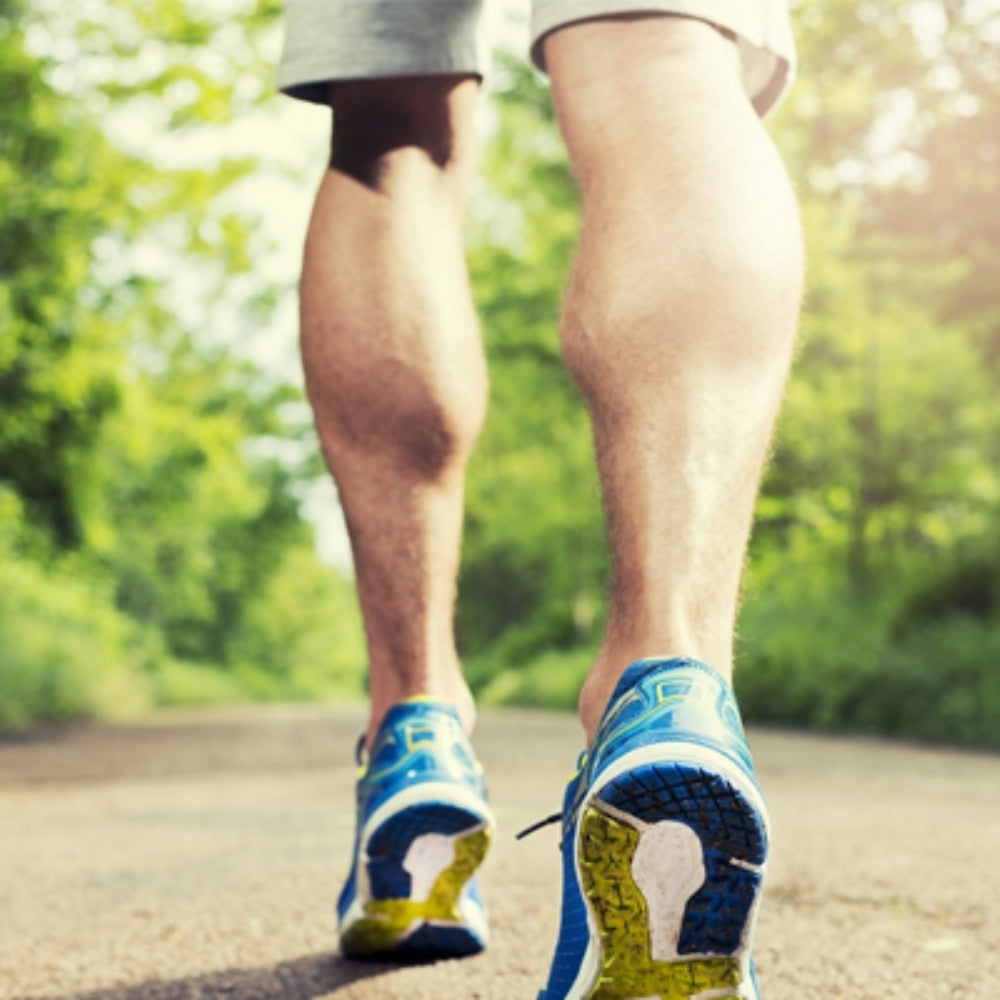Not only men but also women wonder if running makes their legs bigger ? Most people want to have slim, toned legs but are afraid that running makes their calves big and rough. Shondo will give you the correct answer in today's article.
1. Does running make your legs bigger?
The answer is: Running can make your legs bigger, but it can also make them slimmer, depending on many factors. Whether your legs get bigger or slimmer after running depends on your running technique, your body type, your diet, and how you train.
Don't panic when you hear that running makes your legs bigger, because if you understand your muscles and apply the right method, you can completely control this.
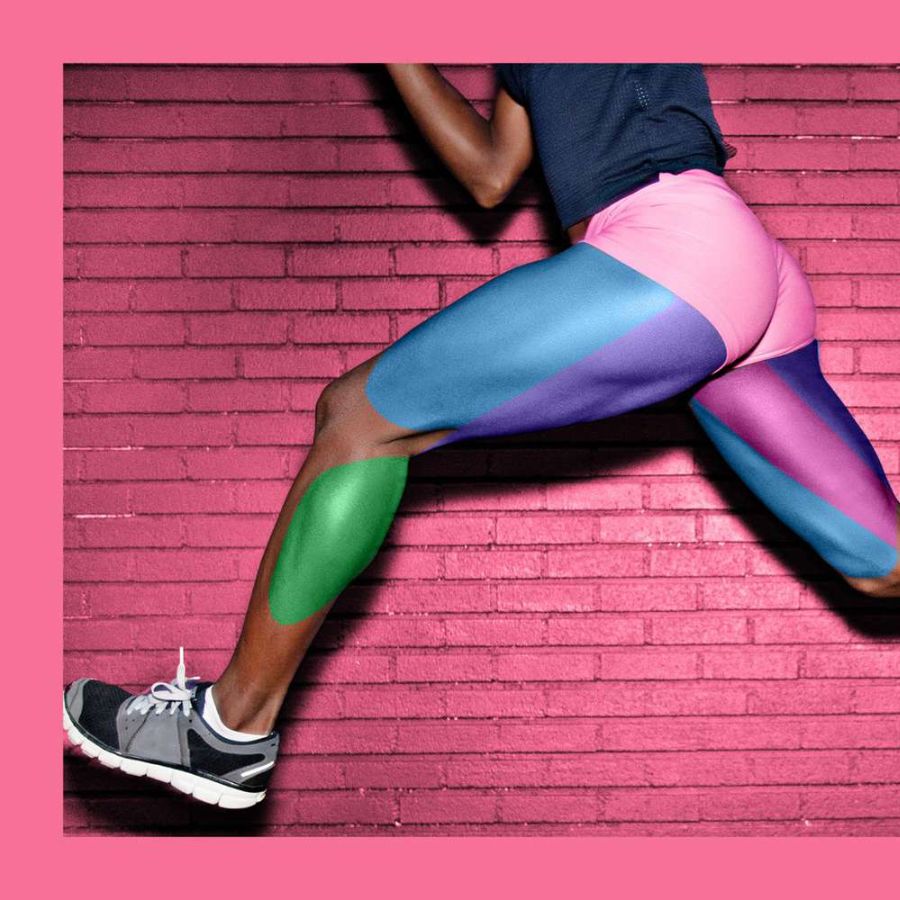
2. Causes of big legs when running
To answer more accurately whether running makes your legs bigger, we need to identify the specific causes behind it. There are many factors that lead to this problem, the important thing is that you have to find out and adjust accordingly.
2.1 Due to running technique
Running technique plays an important role in affecting calf size. Typically, sprinting and running uphill will stimulate muscle growth, leading to the phenomenon of enlarged legs.
When you sprint, your leg muscles have to work at high intensity for a short period of time. This creates strong impacts on the muscle fibers. Therefore, if you sprint regularly, it is inevitable that your legs will become bigger.
Similarly, running uphill requires your leg muscles to work harder to overcome resistance. If you live in a hilly area and regularly run uphill, you will notice your calves getting bigger over time.
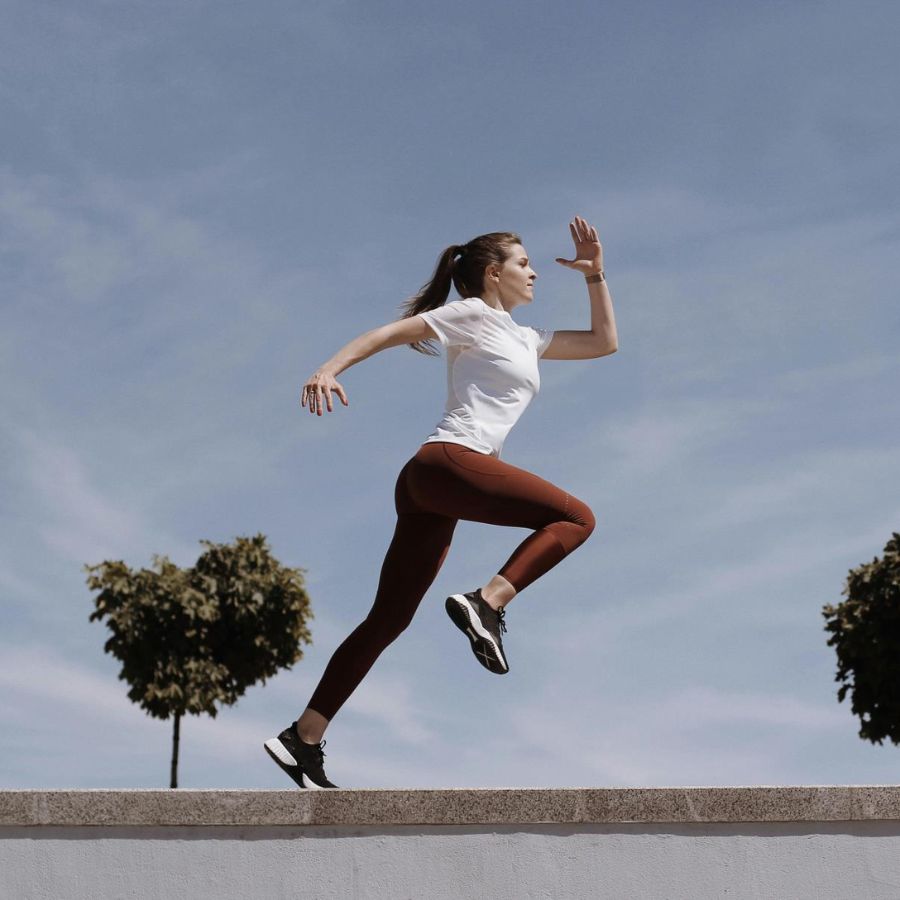
2.2 Depending on the body
Genetics also play a role in calf size. Since each person has a unique body type, some people are naturally more prone to developing muscle, while others tend to accumulate more fat.
If you belong to the group of people who have a body type that builds muscle easily, running can make your calves grow faster than others.
2.3 Daily diet
Diet is also an indirect cause of whether running makes your legs big or not. Nutritionists say that consuming more calories than you need causes them to be converted into fat and accumulate.
Therefore, maintaining a balanced diet that suits your needs and training goals is very important to control calf size.

3. Principles of jogging to help slim legs
To achieve the goal of having slim legs, you need to follow the following important principles:
3.1 Running on flat terrain
When running on a flat surface, the leg muscles do not have to work as hard to overcome resistance as when running uphill. This helps limit excessive muscle development, thereby helping the legs become slimmer.
In addition, running on flat terrain also helps reduce the risk of injury. When running on rough terrain, we can easily lose balance, leading to sprains, dislocations, etc.
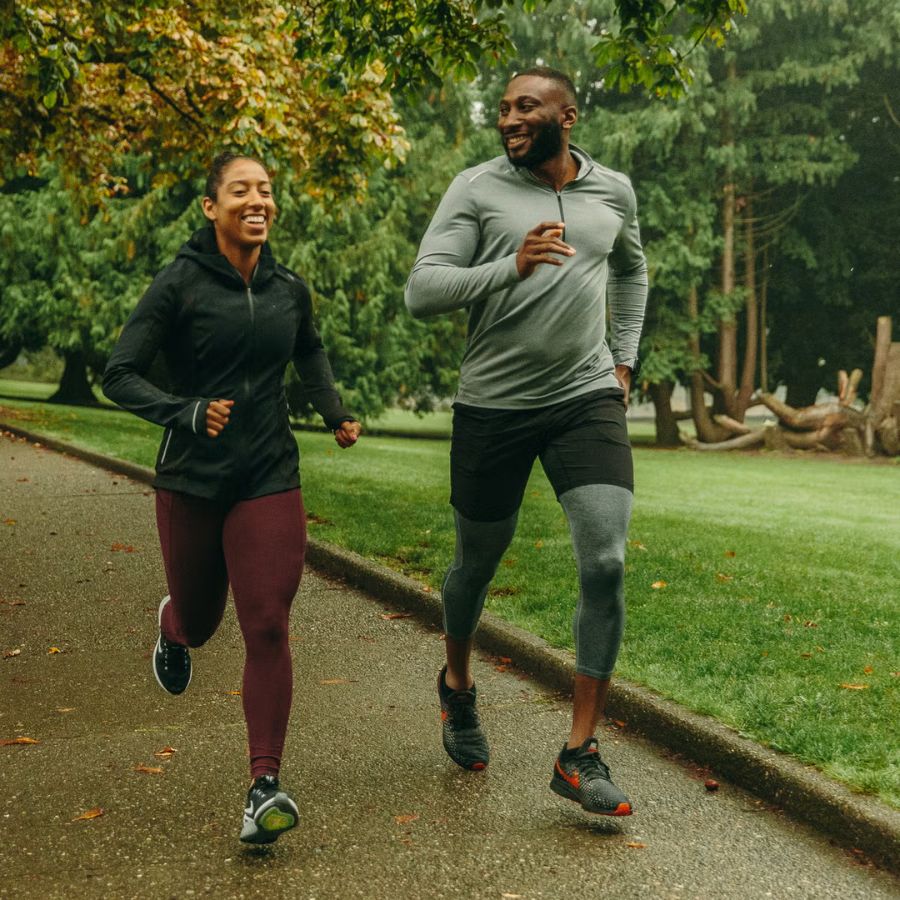
3.2 Correct running posture
Running posture directly affects the effectiveness of training and the development of leg muscles. Ensuring the correct running posture will help you limit the problem of big legs when running.
We need to keep our head, shoulders, and hips in line. When landing, land on the middle of your foot. This helps distribute the force evenly across your entire leg, reducing pressure on your calves and limiting development in this area.
In addition, you need to pay attention to your stride and breathing. Strides that are not too long or too short combined with even breathing will help you maintain a steady speed, avoid fatigue and limit the situation of running with incorrect techniques.
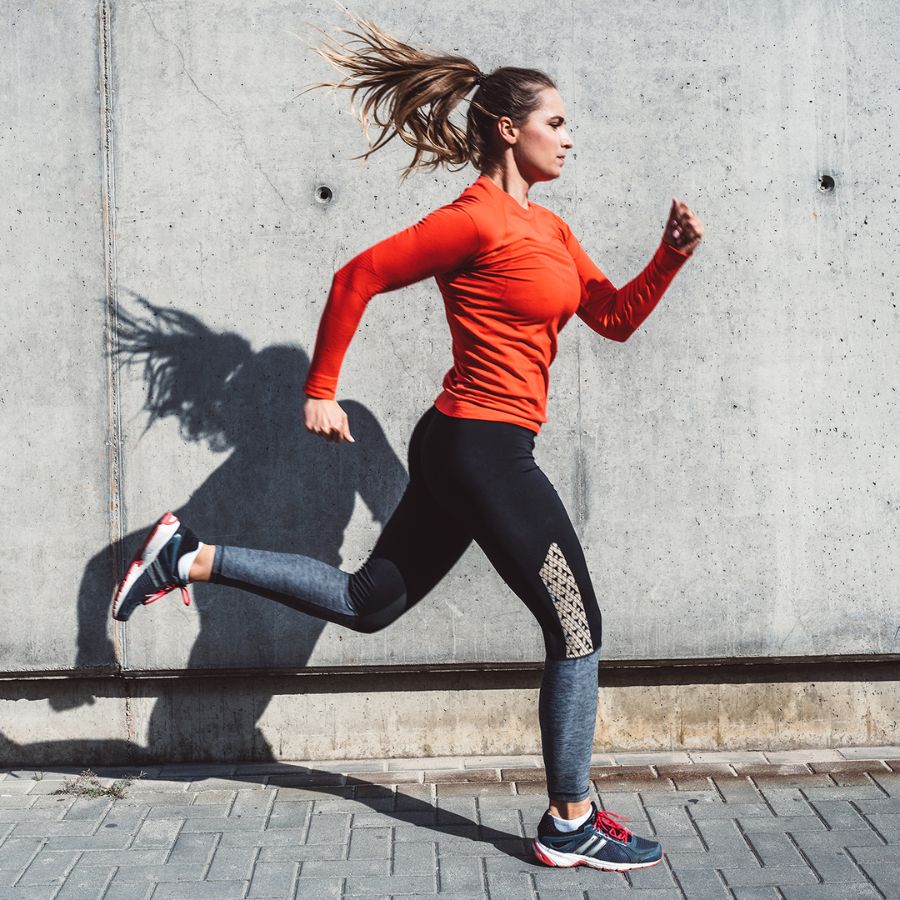
3.3 Appropriate nutritional supplements
Nutrition plays an important role in determining the results of your workout. Of course, a healthy diet will provide enough energy for your activities without excess calories.
We should prioritize foods rich in protein, fiber, vitamins and minerals. Limit processed foods and sugary drinks. Controlling the amount of calories you consume and consume will help you avoid excess fat accumulation, thereby helping your legs become slimmer.
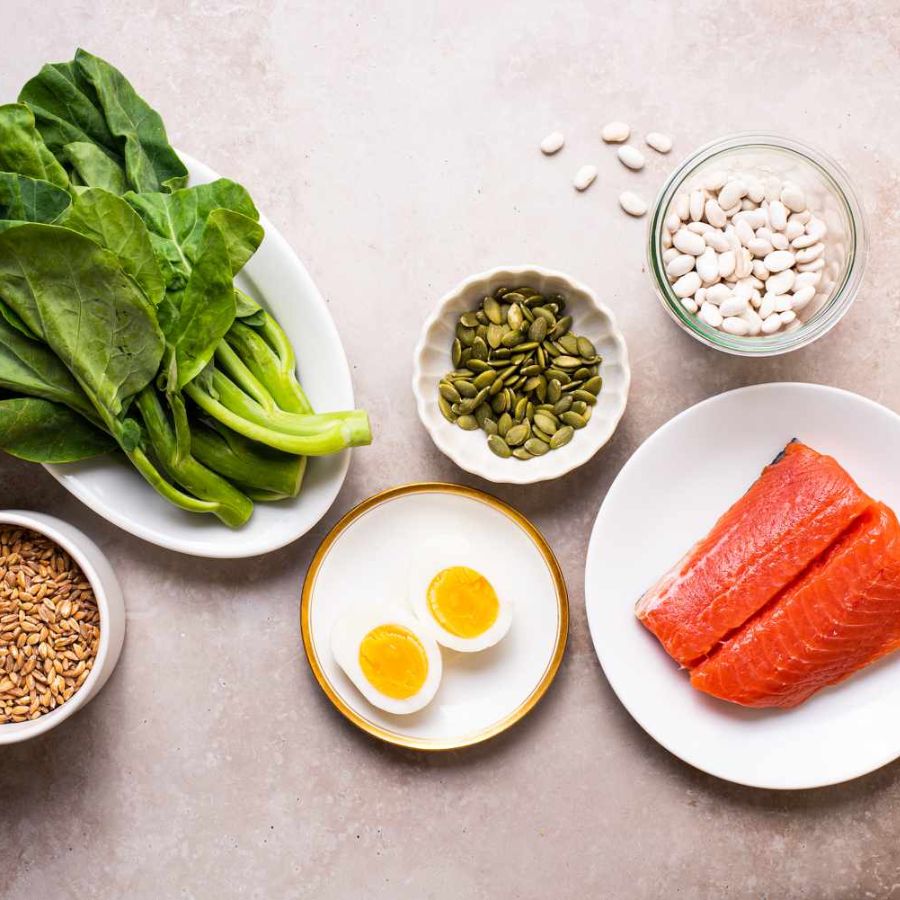
3.4 Comfortable running clothes
Comfortable, sweat-wicking clothing will help you feel more comfortable while running. This will help you stay motivated and focus on your running technique.
If your clothes are too tight or too loose, they will affect your running form. Therefore, choose shirts and pants that fit well, have good stretch, and are made from sweat-wicking materials for the best running experience.
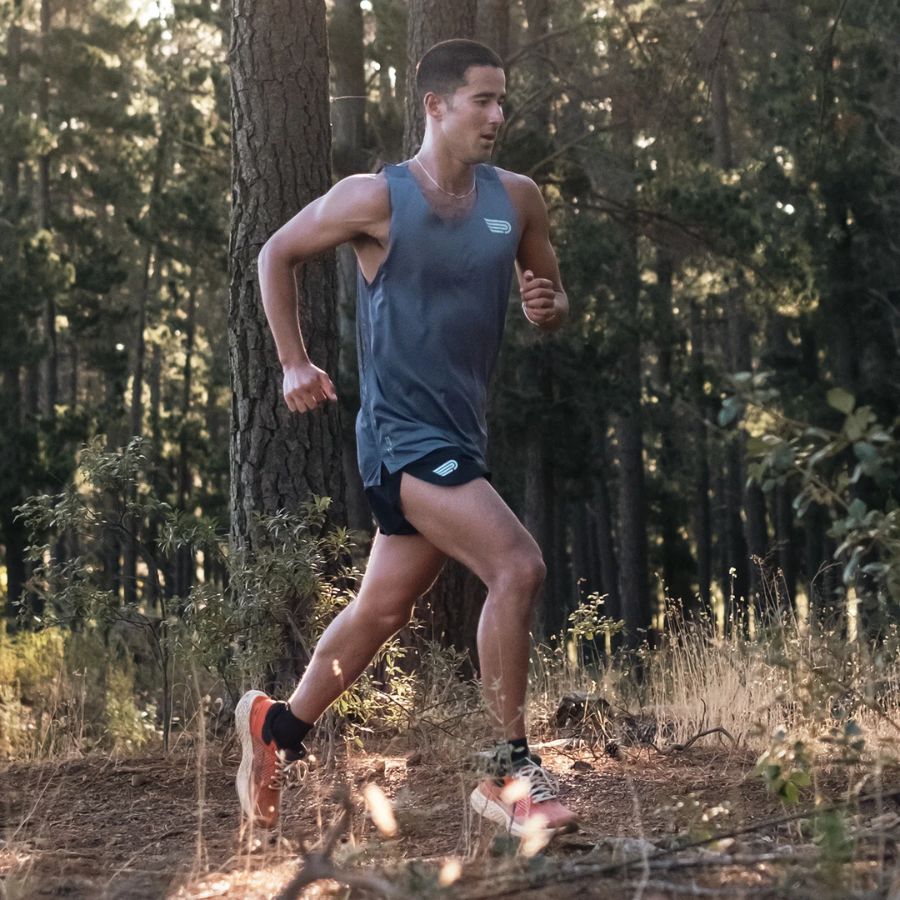
3.5 Don't forget to warm up
Warming up is an important step to warm up your muscles, increase blood circulation, and prepare your body for exercise. This helps reduce the risk of injury and improve exercise performance.
The ideal warm-up time is 5-15 minutes. Once your body is warmed up, it will feel more supple, flexible, and ready for your run.
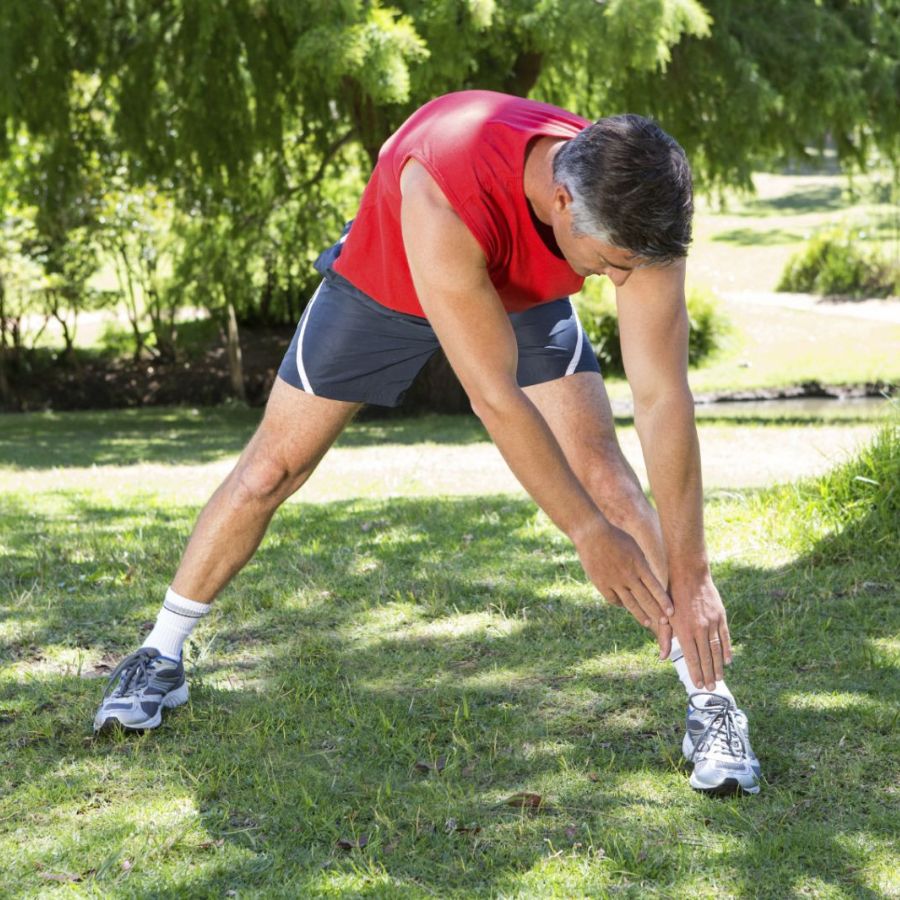
3.6 Drink enough water when running
Water plays an essential role in maintaining the body's activities, especially when exercising. When running, your body will lose water through sweat. If you do not rehydrate in time, you can become dehydrated, leading to fatigue and cramps.
Therefore, let's remember to drink enough water before, during and after jogging. The amount of water needed depends on many factors such as weather, running intensity and each person's health condition.
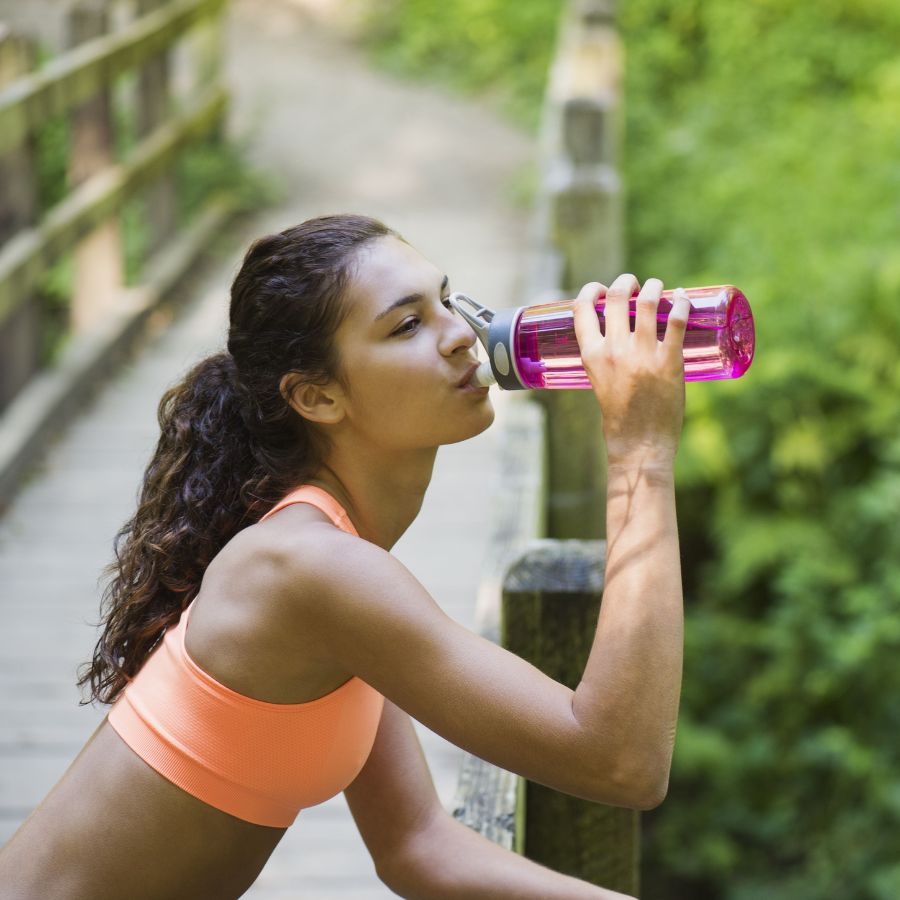
4. How to run to get bigger and stronger legs
If your goal is to develop your leg muscles and have big, strong legs, you need to adopt a different training method than those who want slim legs like
4.1 Combine sprinting and hill running
As mentioned above, sprinting and hill running are two effective methods to stimulate leg muscle growth.
You can incorporate short, high-intensity sprints into your workout. For example, you sprint 100 meters at top speed, then rest and repeat several times.
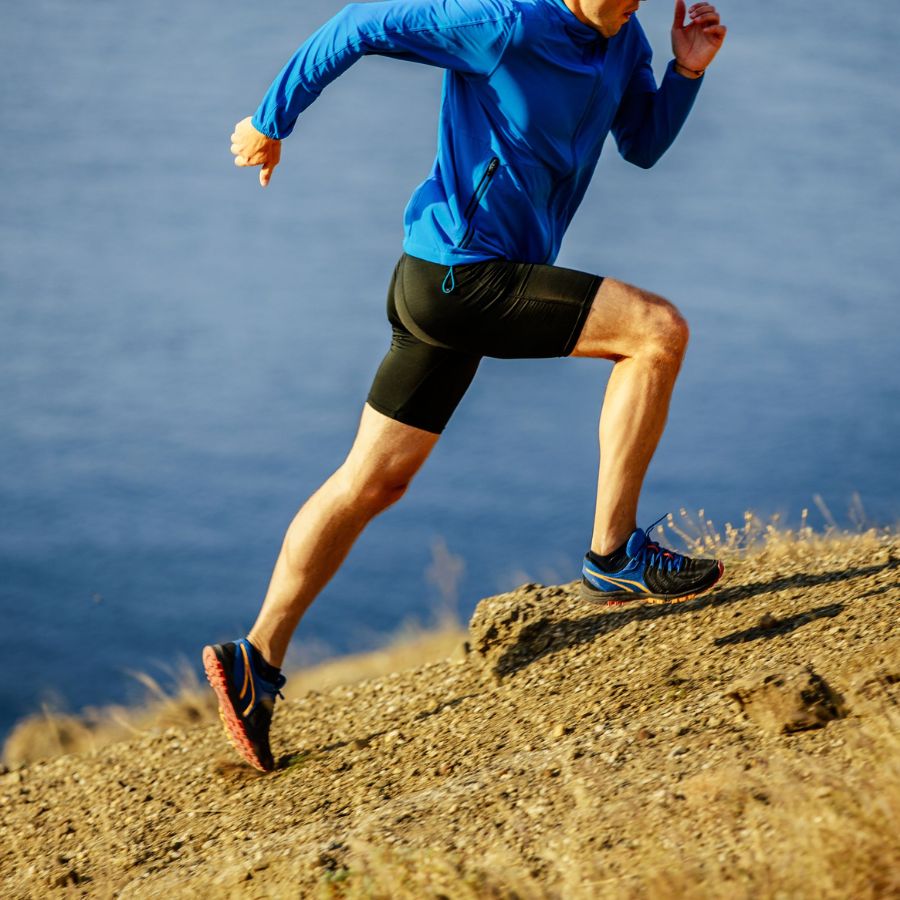
4.2 Add additional exercises
In addition to jogging, you need to add exercises such as squats, lunges, and calf raises to increase muscle strength and size. You should do these exercises with heavy weights. We should practice at least 2-3 sessions per week, each session lasting 30-45 minutes, to achieve the best results.
4.3 Protein-rich diet
It is known that protein is the main component of muscle. During exercise, muscles will be damaged and need protein to recover. We should supplement protein from food sources such as meat, fish, eggs, milk and beans.
According to experts, the amount of protein needed by each person is different. On average, we should consume about 1-2 grams/kg of body weight per day.
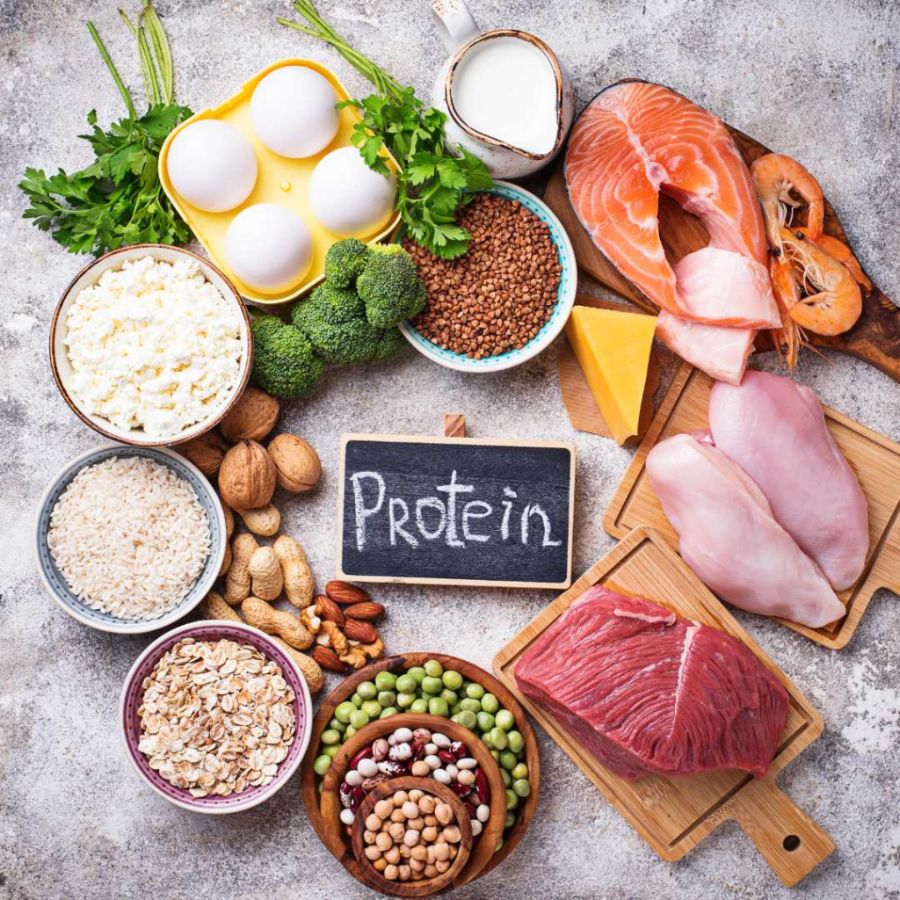
4.4 Get enough rest
Rest is equally important in the process of muscle growth. When you sleep, your body produces growth hormone, which helps repair and build muscle.
Therefore, we should make sure to get enough sleep of 7-8 hours so that the body has time to recover and develop after intense training sessions. If you lack sleep, the muscle recovery process will be affected, leading to ineffective training and even muscle loss.

5. Some benefits of running properly
Running properly not only helps you achieve your fitness goals but also brings many benefits to your physical and mental health. Below are some outstanding benefits of running properly.
5.1 Improve cardiovascular health
Jogging is a cardio exercise that effectively improves cardiovascular health. When you run, your heart beats faster, helping to increase blood circulation and improve cardiovascular health.
Therefore, jogging regularly helps reduce the risk of cardiovascular diseases such as high blood pressure, heart attack, stroke, etc. In addition, this also helps reduce bad cholesterol and increase good cholesterol, to improve overall health.
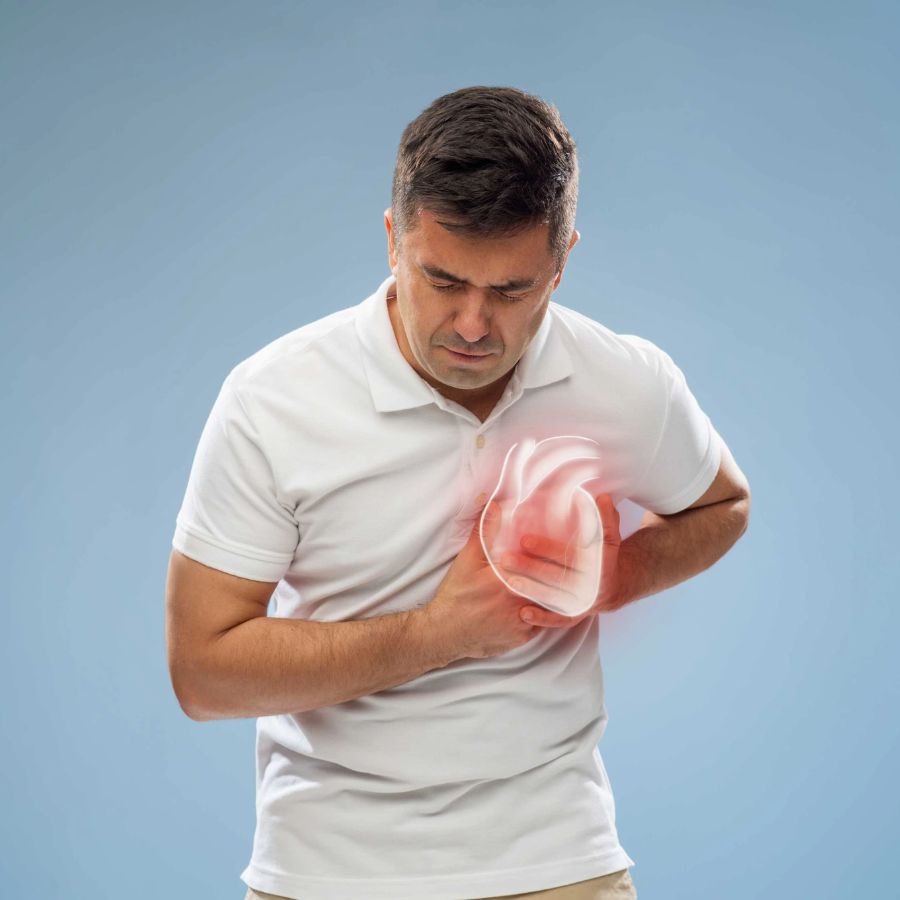
5.2 Reduce stress and improve mood
Jogging is a natural stress reliever and mood enhancer. When you jog, your body releases endorphins, a hormone that relieves pain and creates a feeling of euphoria.
Endorphins help you feel relaxed, comfortable and reduce stress. Regular running also helps improve the quality of sleep, thereby helping you feel more refreshed and energetic.

5.3 Increase endurance and help firm the body
Running not only increases your stamina but also improves your body’s endurance. When you run regularly, your body will gradually adapt to the intensity of the exercise and become more flexible.
Jogging also helps burn calories and reduce excess fat, thereby helping to tone the body. In particular, running properly will help develop major muscle groups, giving you a balanced figure.
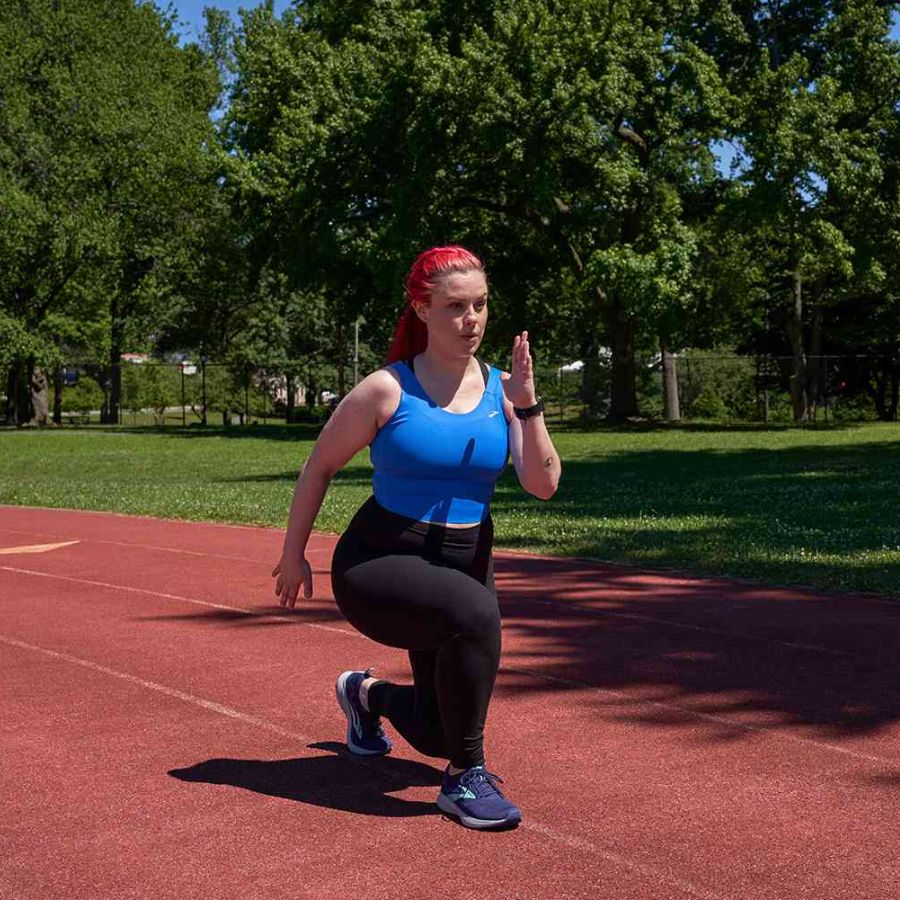
6. Conclusion
Whether running makes your legs bigger or not depends on many factors including technique, diet, rest time, etc. Listen to your body to apply and adjust appropriate methods to achieve the desired results.
Related Articles

Nếu bạn đã và đang sở hữu cho mình đôi giày ballet sneaker nhưng vẫn chưa biết outfit nào phù hợp. Xem ngay bài viết này với 5 cách phối đồ với giày ballet sneaker đẹp không có điểm trừ cùng Shondo...

Squid Game 3 chính thức khuấy đảo trên màn ảnh, bạn đã sẵn sàng ngồi liền 6 tập để xem cuộc chiến sinh tồn lần cuối của Gi-Hun chưa? Dưới đây là combo cuối tuần “chuẩn sinh tồn hiện đại” mà Shondo ...

Phong cách Retro là gì mà được nhiều người săn đón như vậy? Cùng Shondo tìm hiểu qua bài viết sau đây để biết thêm nhiều điều thú vị từ điểm đặc trưng cho đến cách phối đồ như thế nào là chuẩn nhé....

Một trong những trào lưu nổi bật gây sốt trên các cộng đồng yêu thời trang chính là phong cách Maillard. Nhưng điều gì khiến chúng lại có sức hút lớn đến như vậy? Shondo sẽ giúp bạn hiểu rõ hơn về...

Áo Polo nữ - item nghe thì tưởng già nhưng thực ra lại đang quay trở lại mạnh mẽ. Từ sân golf đến sân trường, từ văn phòng đến quán cafe, chiếc áo đơn giản với cổ bẻ đặc trưng này bỗng trở nên đa n...
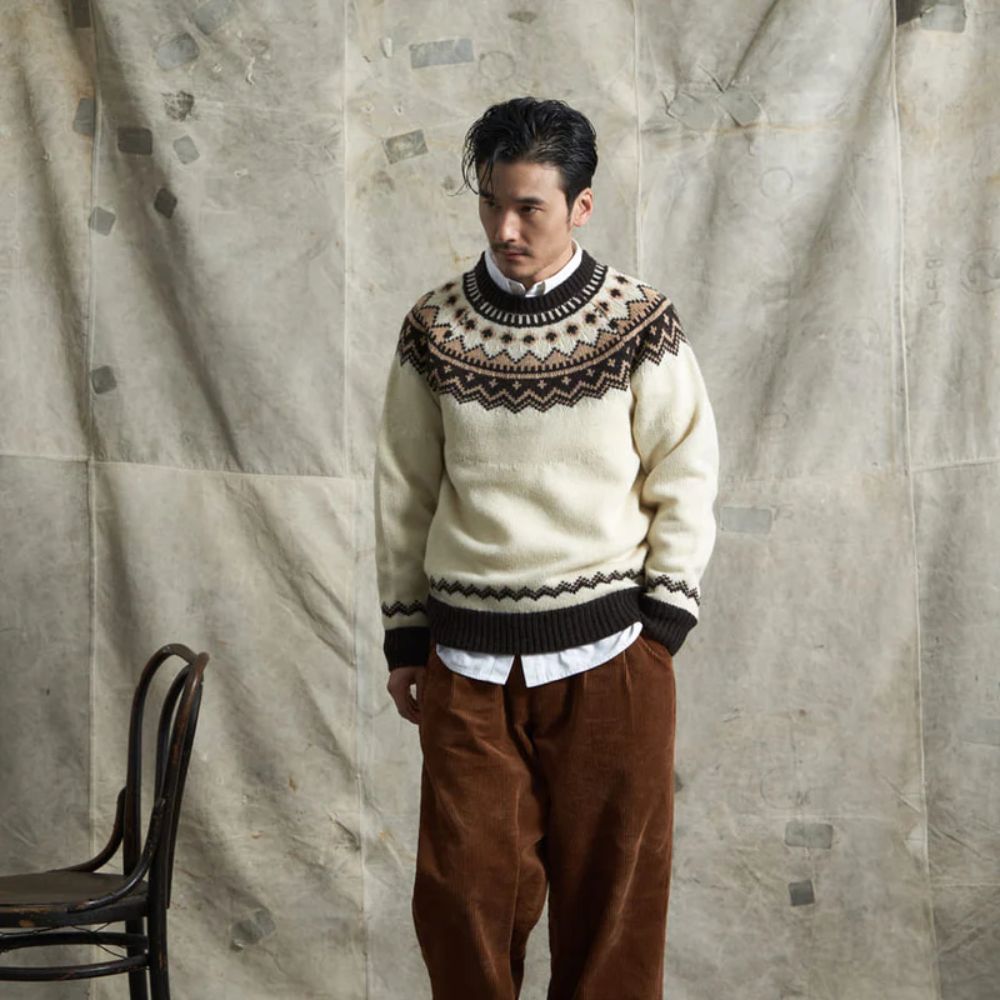
Phối đồ Vintage trong giới thời trang mang đến những nét độc đáo rất riêng. Phong cách này trở thành xu hướng phổ biến không chỉ ở nữ mà còn xuất hiện nhiều ở nam giới. Shondo sẽ cho bạn thấy điều ...

